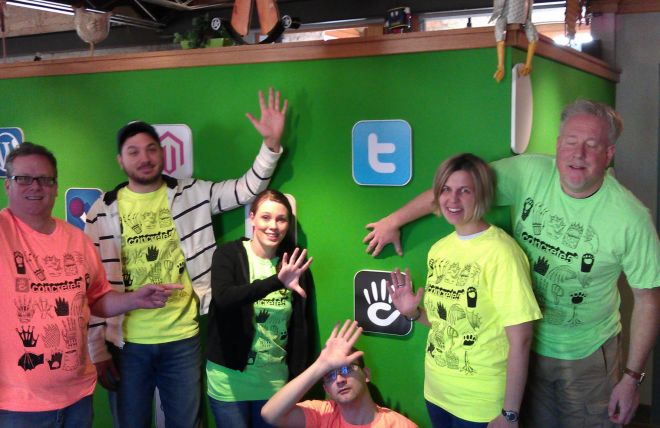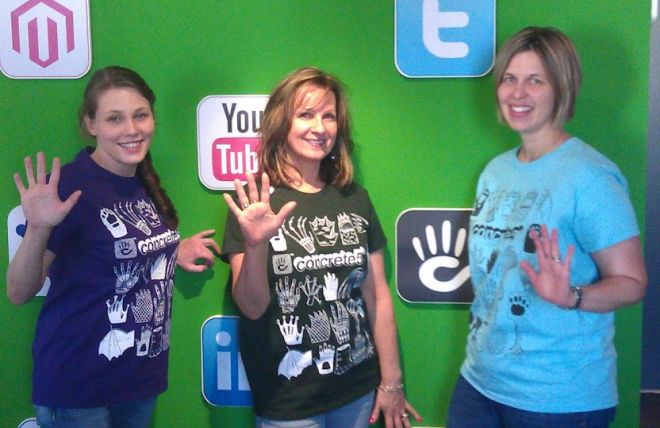Hello everyone—whether you're tuning in from morning, noon, or night, I’m thrilled to share how we’re optimizing intranet performance using Matomo Analytics. Shout out to the InnoCraft team (especially Aaron) for having me and for the collaboration on a recent case study on matomo.org.
Who Am I?
I’m Jess from Concrete CMS, an open-source content management system built for flexibility, security, and great user experience. I started as a sysadmin, managing infrastructure, and eventually moved into marketing and optimization. These days, I get to combine both to improve digital experiences for massive organizations—including the U.S. Army.
Why Intranets Matter More Than Ever
Post-COVID, digital workspaces aren’t optional—they’re essential. When we helped the U.S. Army transition to remote, we saw firsthand how a well-built intranet supports operations, collaboration, and productivity in hybrid environments.
Surveys show that over 27.5% of U.S. workers are now hybrid or remote. The majority don't want to go back. That’s a shift in how people see their jobs—and it’s pushing organizations to rethink digital infrastructure.
What Is an Intranet?
Think of an intranet as a private website for internal use. It’s designed for employees, not the public. Intranets support everything from communication to document sharing, training, and task management. While websites are outward-facing, intranets run the show behind the scenes.
Why Use Matomo for Intranet Analytics?
Matomo is privacy-first, on-premise compatible, and gives you a granular look at how your intranet is performing—even without external internet access. That’s a huge win for government and enterprise use cases.
- Are employees finding what they need?
- Which documents get downloaded?
- When are people most active?
- Which pages are getting ignored?
Types of Intranets
- Corporate News Hubs
- Project & Task Management
- HR Portals & Time Tracking
- Learning Management Systems
- Social or Community Spaces
Many intranets fail because of unclear goals, poor strategy, and lack of analytics. A vague “we just need one” mentality results in messy, ineffective systems.
Keys to Intranet Success
- Set Clear Goals – What do you want it to do?
- Get Executive Buy-in – Culture change starts at the top.
- Personalize Content – One-size-fits-all doesn’t work.
- Powerful Search – People search before they navigate.
- Use Analytics – Matomo gives you real data, not guesses.
Measuring What Matters with Matomo
We group intranet metrics into three categories:
- Usage: Logins, bounce rate, page views, peak activity hours
- Engagement: Posts, downloads, comments, surveys, video completions
- Satisfaction: Feedback forms, survey results, task completion ease
Tip: Don’t use metrics in isolation. Bounce rate alone means little without context from session duration or pages per visit.
Real-World Case Studies
1. U.S. Army Brand Central (DAM System)
- Challenge: Legacy systems, outdated SharePoint install, poor asset discoverability
- Fix: Replaced with a new digital asset management (DAM) portal
- Results:
- 732 active users shortly after launch
- ~40,000 downloads
- 70% of users downloaded at least once
- AI tagging saved 130+ hours of manual input
2. Home Depot Appliance Sales Training
- Challenge: Disconnected LMS attempts, low engagement
- Solution: Engaging training portal with quizzes and performance tracking
- Results:
- 10x increase in usage
- 35% increase in appliance warranty sales
3. NASA Wiki Metrics
- Challenge: Dispersed, inconsistent documentation across platforms
- Solution: Centralized Wiki with extensive usage data and user categories
- Bonus: They track “lurkers” vs. “contributors” to analyze engagement types
4. Army Senior Executive Portal
- Challenge: Outdated internal site, difficult updates, low engagement
- Results:
- 150% increase in usage
- 25% of officers updated profiles in first week
Benchmarks and Targets
Benchmarks tell you where you are. Targets define where you want to go. Use Matomo to identify your starting point and set smart goals. Examples:
- Login Frequency: From 2 to 3 logins/week
- Content Creation: From 50 to 75 posts/month
- Engagement Rate: Boost from 30% to 40%
Wrapping Up
A successful intranet isn’t just a tool—it’s a living system that requires attention and iteration. Set goals. Track the right metrics. Refine as you go.
Want to learn more? Visit our intranet resource page for slides, case studies, and contact info. Let’s chat about what’s possible.






